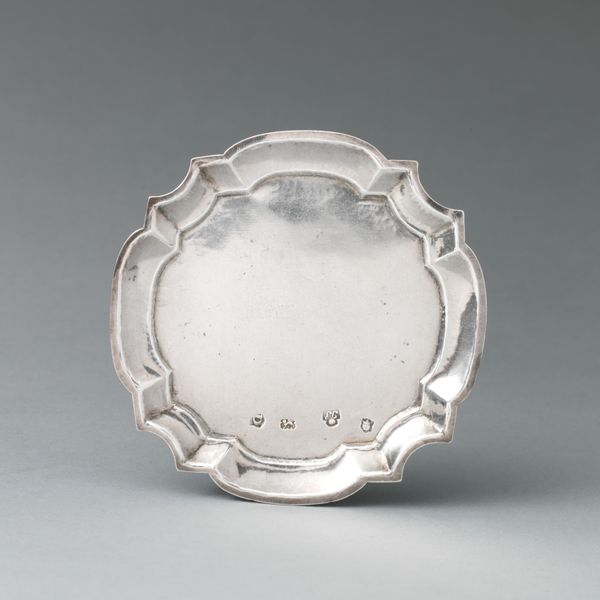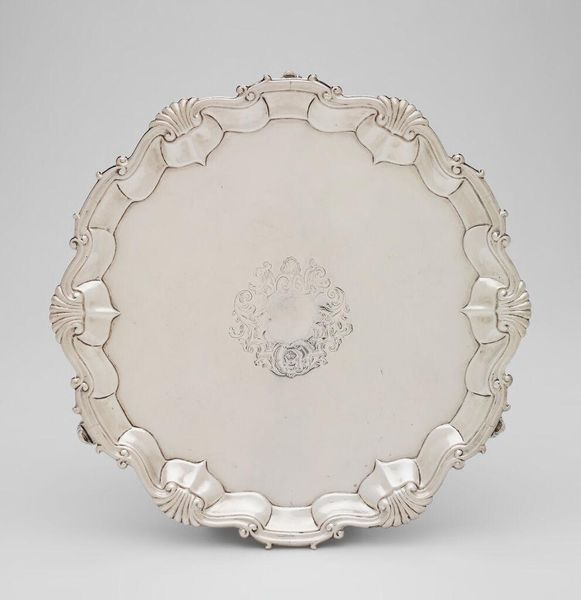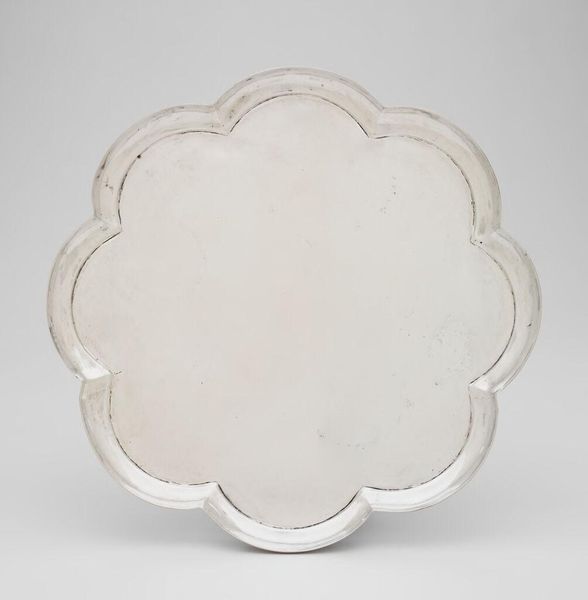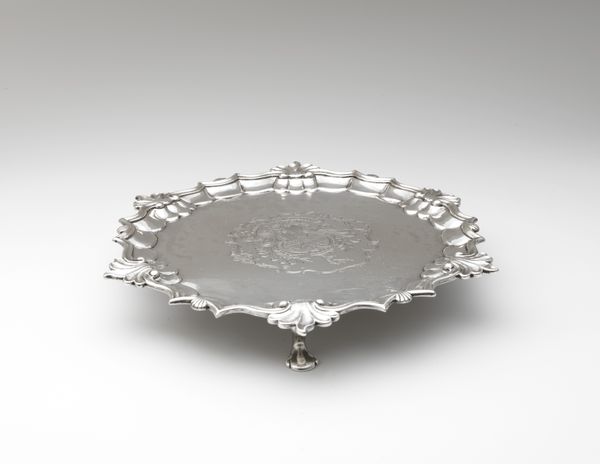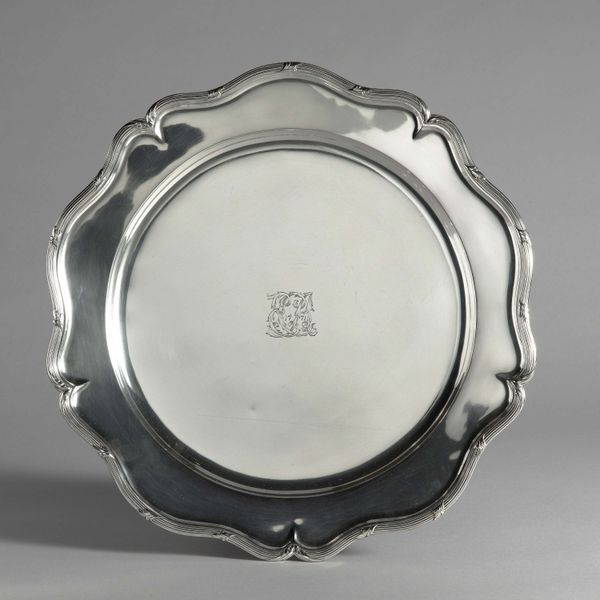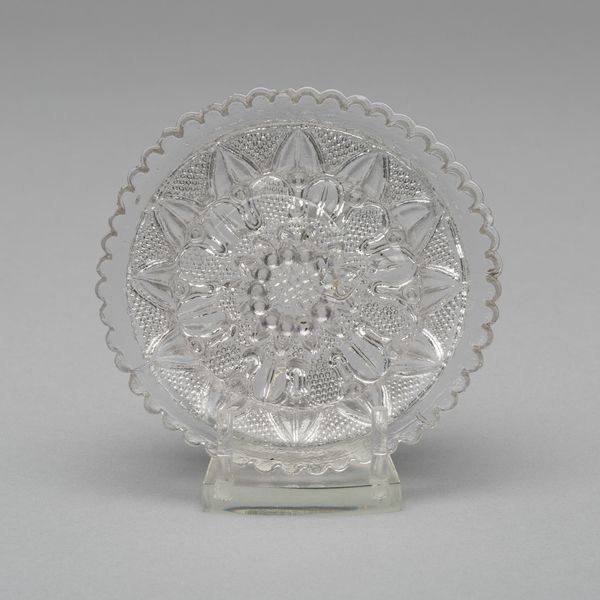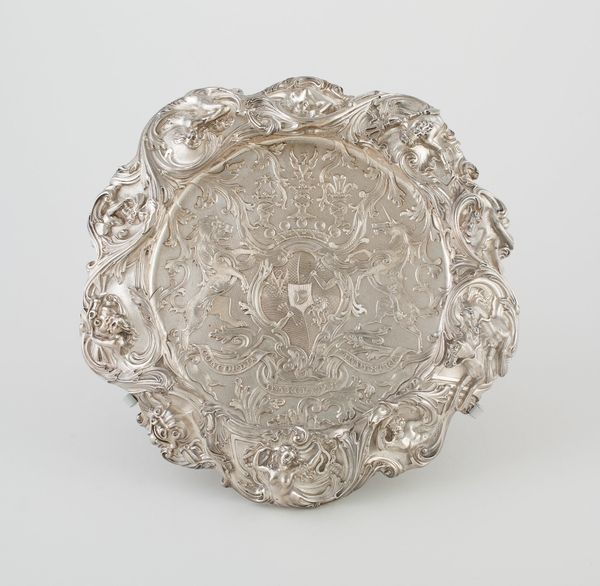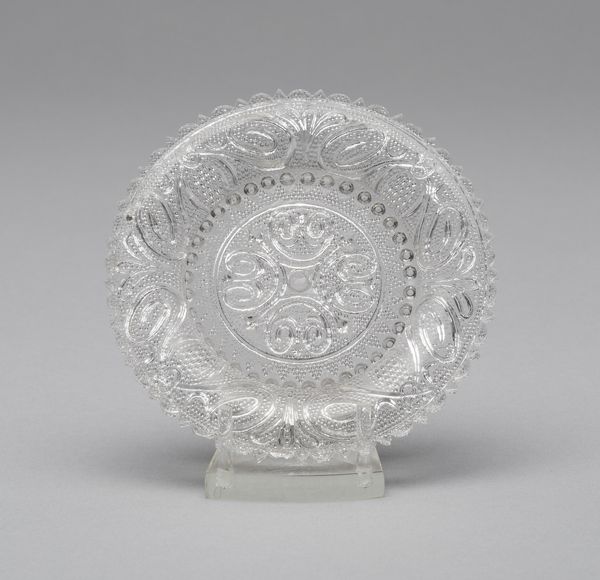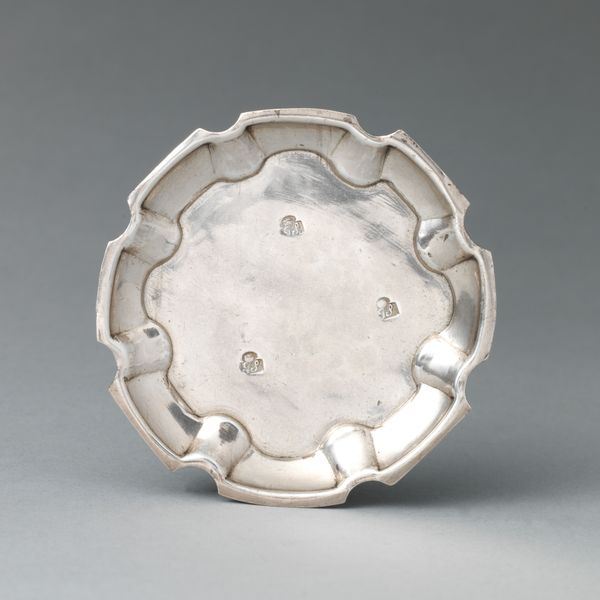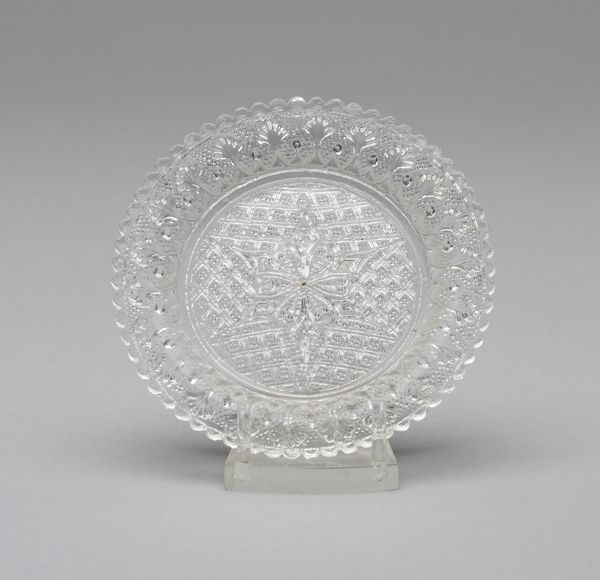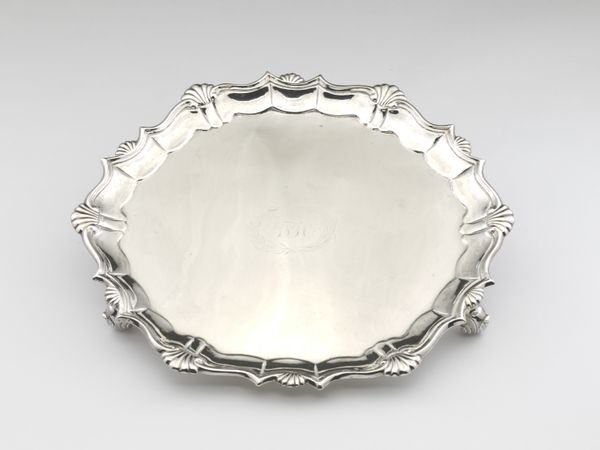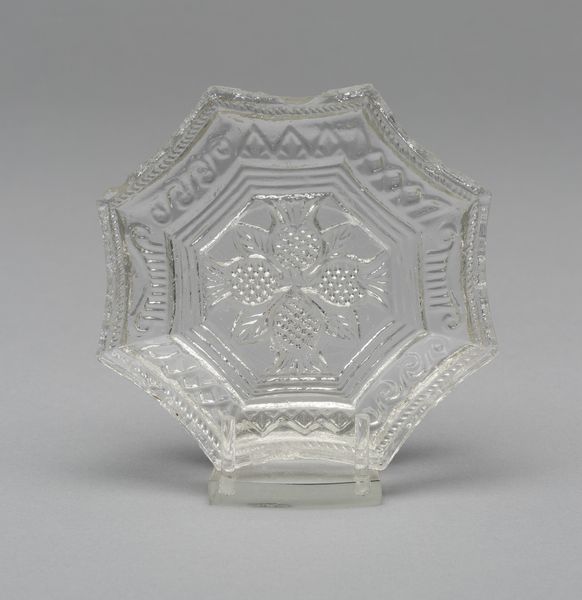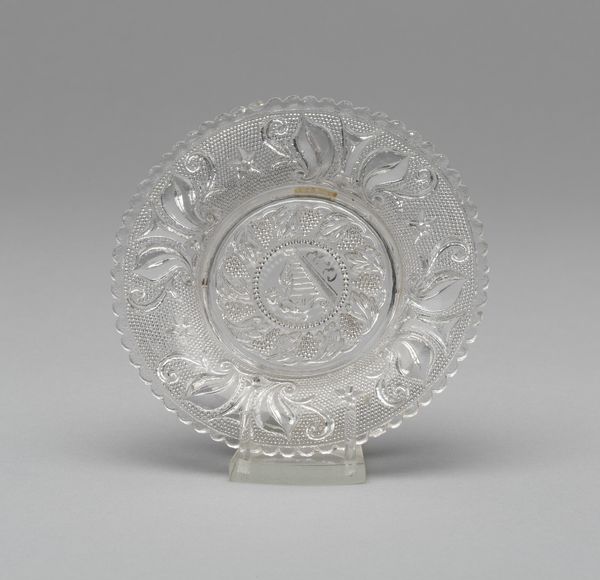
silver, sculpture
#
silver
#
baroque
#
sculpture
#
decorative-art
#
rococo
Dimensions: Overall: 15/16 × 3 1/8 in. (2.4 × 7.9 cm)
Copyright: Public Domain
Curator: Take a moment to admire this "Miniature Waiter," crafted by John Le Sage in 1744. It's a delightful example of Rococo silverwork, currently housed at the Metropolitan Museum of Art. Editor: My initial reaction is one of fascination. There's an almost playful quality to it, though it's clearly designed for a very specific, and probably hierarchical, context. The polished silver gives it a stark elegance despite its size. Curator: The choice of silver is significant. Beyond its monetary value, silver has historically symbolized purity and refinement. In the Rococo era, it was a medium perfectly suited to expressing elegance and sophistication. We might see this piece, then, as an outward expression of societal values. Editor: Exactly, and that elegance often masked complex social realities. A miniature waiter implies servitude and reinforces class distinctions. How does the decorative Rococo style serve to reinforce this power dynamic? Is it softening the harsh realities of labor with beauty? Curator: It's a compelling contrast. The Rococo, with its emphasis on ornamentation and lightheartedness, can certainly be interpreted as a distraction. The tray is shaped asymmetrically in plan view to look like a flower, with ten curving edges, demonstrating the mastery and craftsmanship of the maker. Consider its function as a signifier of social status in the 18th century. Editor: This reminds me of theories around conspicuous consumption. By possessing such an exquisite, yet ultimately functional, object, wealthy patrons could outwardly display their privilege. It highlights the disparities of the time. Can a future society achieve the same creative heights with new materials? Curator: It brings up an interesting point about the continuity of skill and technique. The traditions of craftsmanship endure. The value in it persists through material conditions or through the use of particular material itself, as silver does not easily tarnish if kept polished and thus continues its utility as a medium for decorative arts, especially at this minute scale. Editor: This piece then, offers a portal to both material aesthetics and an important conversation regarding socio-economic conditions. We are reminded of a culture embedded with privilege. Curator: A powerful reminder that visual symbols, even in seemingly innocuous decorative arts, carry significant weight. Editor: Absolutely, John Le Sage’s little tray unveils hidden worlds.
Comments
No comments
Be the first to comment and join the conversation on the ultimate creative platform.
